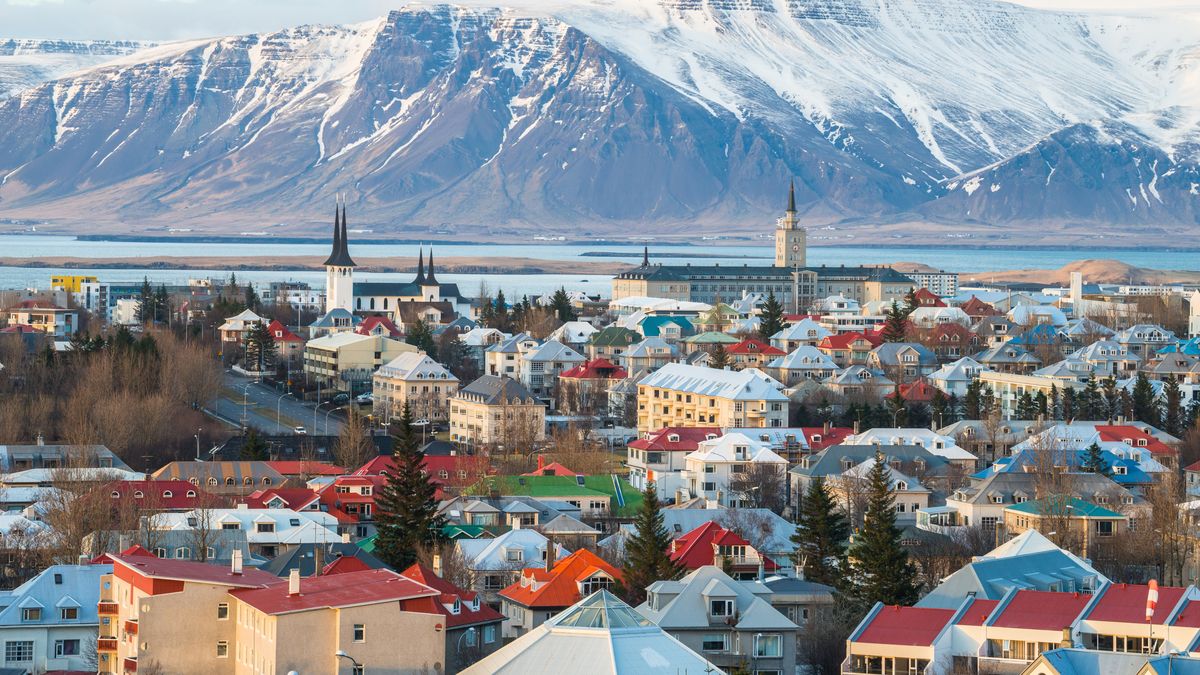It exists in the north of Europe, a small and curious country that is very little known. Iceland. Along with Albania, the homeland of Mother Teresa of Calcutta, it is the only nation on that continent whose literacy rate is 100%. There are no illiterates!
It is located in the Atlantic Ocean and is made up of several volcanic islands.
It is located near Norway.
The island’s independence was achieved in 1918. It had belonged to Norway and then to Denmark.
Iceland. It has a small population, almost all of them are of the evangelical Lutheran religion.
But what is the point of referring to Iceland?
One cold morning in August 1963, several decades ago, a fishing boat was sailing about 6 km off the coast of that country.
At around 7:30 in the morning, the captain noticed that the medium-sized ship was dancing as if it had entered a whirlpool. A strange smell of sulfur was felt in the air.
The Captain also observed in surprise, about 20 km away, a column of very dark smoke, which seemed to come from the surface of the sea.
He assumed it could be a boat on fire. As he approached the place with his boat, he noticed that the column unequivocally came from a volcanic eruption, which, emerging from the bottom of the ocean, ascended with force amidst a deafening noise.
Without suspecting it, Captain Ciecha was witnessing at that moment an almost incredible creative miracle.
An island was emerging, an island was being born!
Due to the proximity to the coast of Iceland, other ships arrived quickly, some bringing scientists with special instruments on board.
It was the first time in the History of the World that specialists were observing, recording and photographing a volcanic island fighting against the force of the waves and gaining its right to live in full sun!
The column continued to spew gas and steam thousands of meters high. And that day in August 1963, the island of Surtsey was born.
The next morning Surtsey stood ten meters above the surface of the water.
Four days later, it had a height of 60 m and a length of 600 m.
Week after week the island grew.
Only at 6 months old did the man dare to set foot on the island’s soil for the first time.
A contingent of seven geologists landed there one cold morning.
Columns containing pieces of rock were still emerging from the earth, which fell again with force.
It was too much risk for the scientists. They chose to retreat hastily. And another 7 months passed.
Only at the end of 1964 did the explosive phase cease and the lava began to flow. This, upon cooling and solidifying, began to form a rock of extreme hardness. The possibility of staying on the island was assured!
For three years, the island continued to increase in height and size.
Today Surtsey, which belongs to Iceland, has an average height of 173 meters and its length is two kilometers. And life itself is already bustling on the island.
In the cracks of the rocks the first plants grow, caressed by the sun and bathed by the Atlantic.
Multicolored birds have made it their home.
The birth and training of Surtsey, legitimate daughter of the ocean, has ended.
There are already flowers showing their beauty and offering their fragrance. And also human beings.
And from the birth of the island of Surtsey and from that beautiful miracle that is the creation of life, this aphorism arose in me
“Everything seems like a miracle in nature. But nothing is a miracle.”
Source: Ambito
David William is a talented author who has made a name for himself in the world of writing. He is a professional author who writes on a wide range of topics, from general interest to opinion news. David is currently working as a writer at 24 hours worlds where he brings his unique perspective and in-depth research to his articles, making them both informative and engaging.




